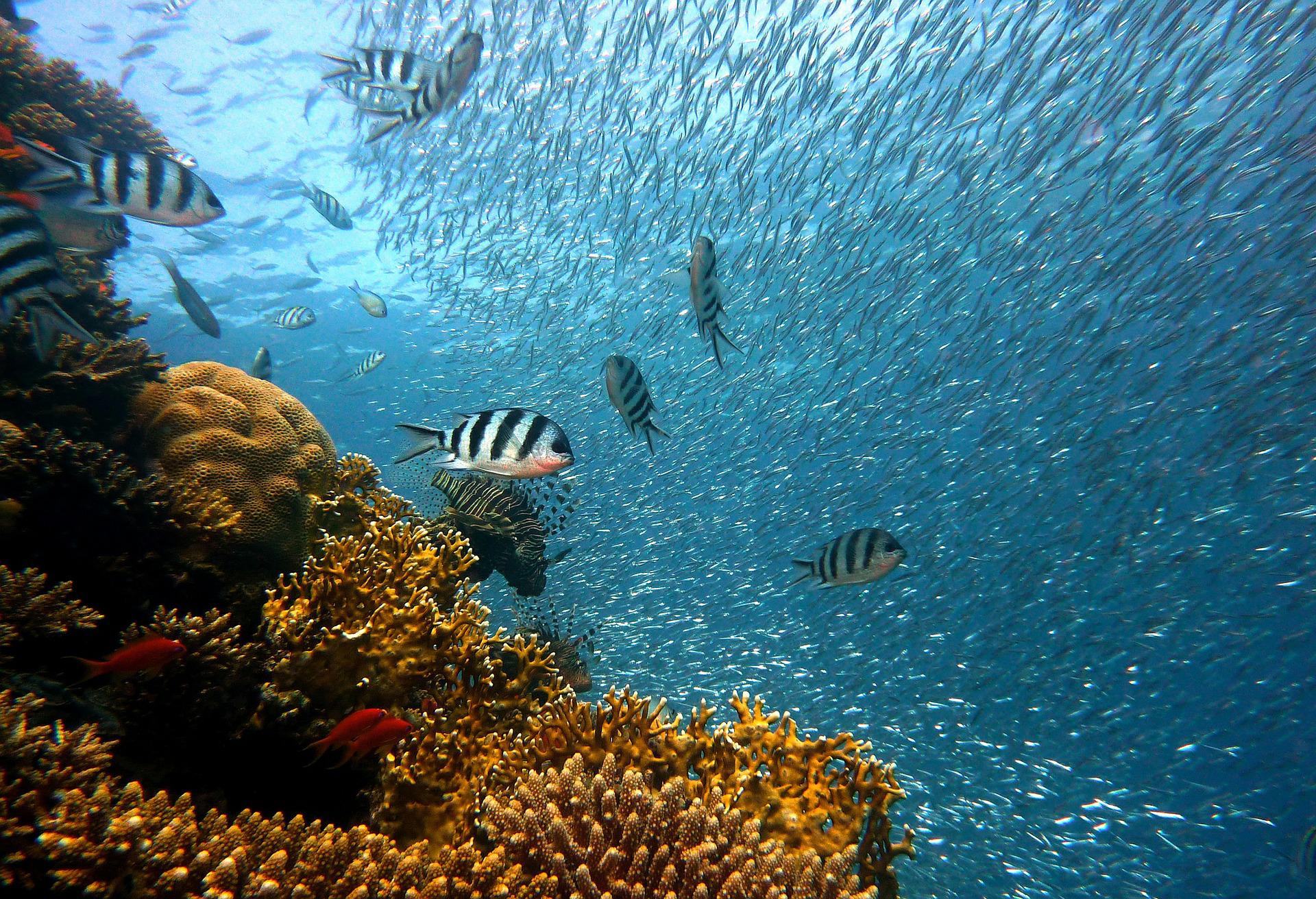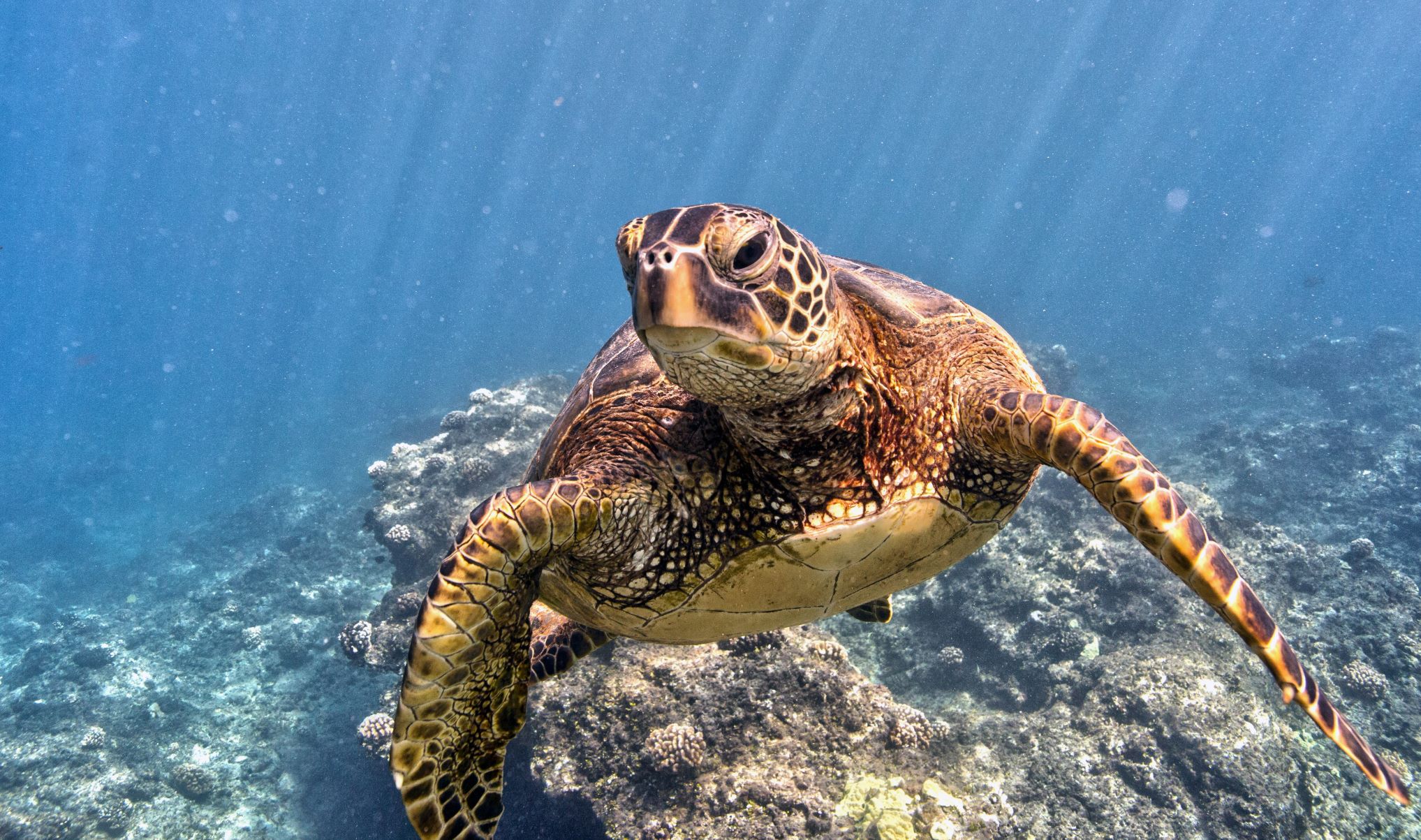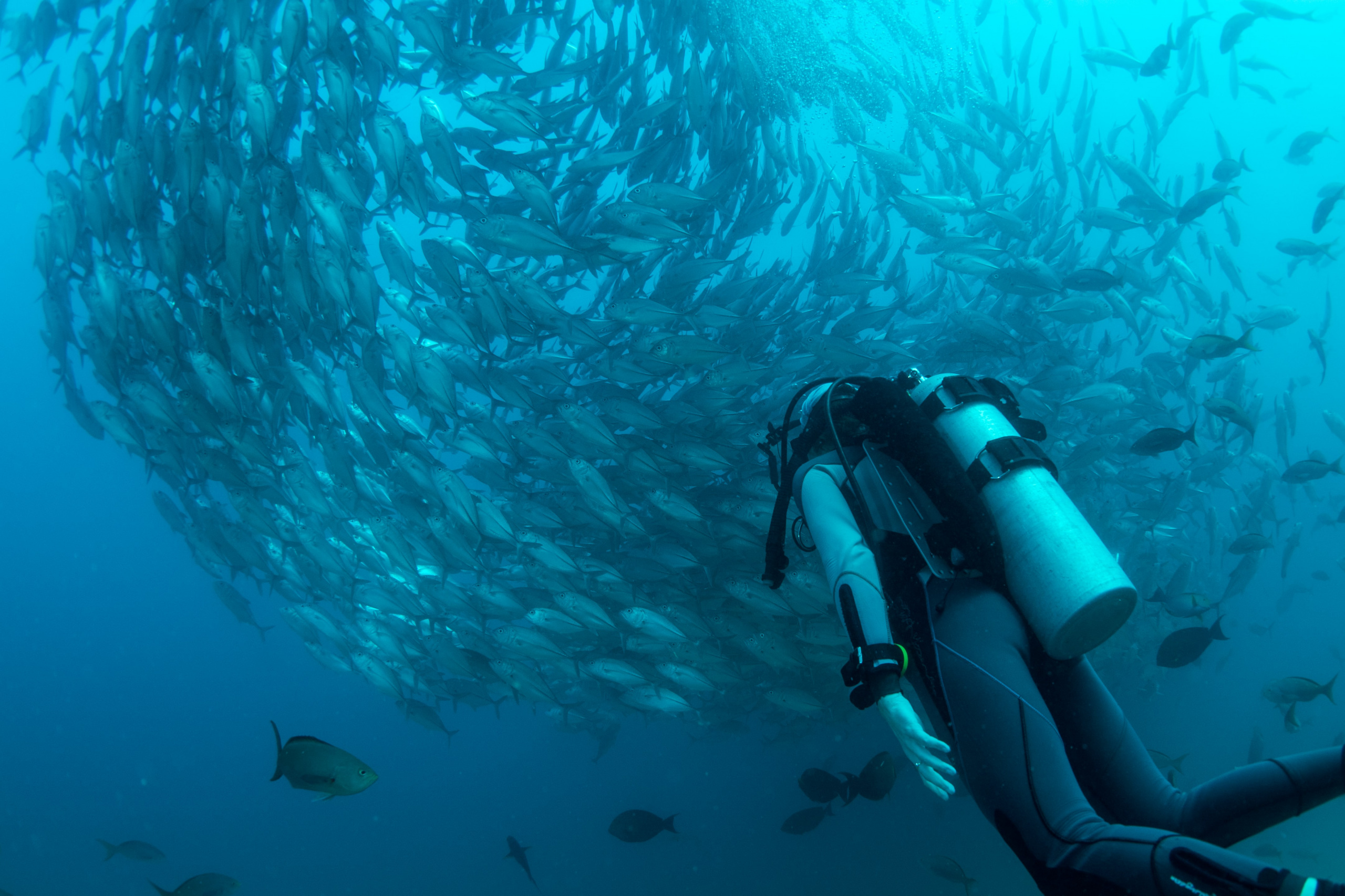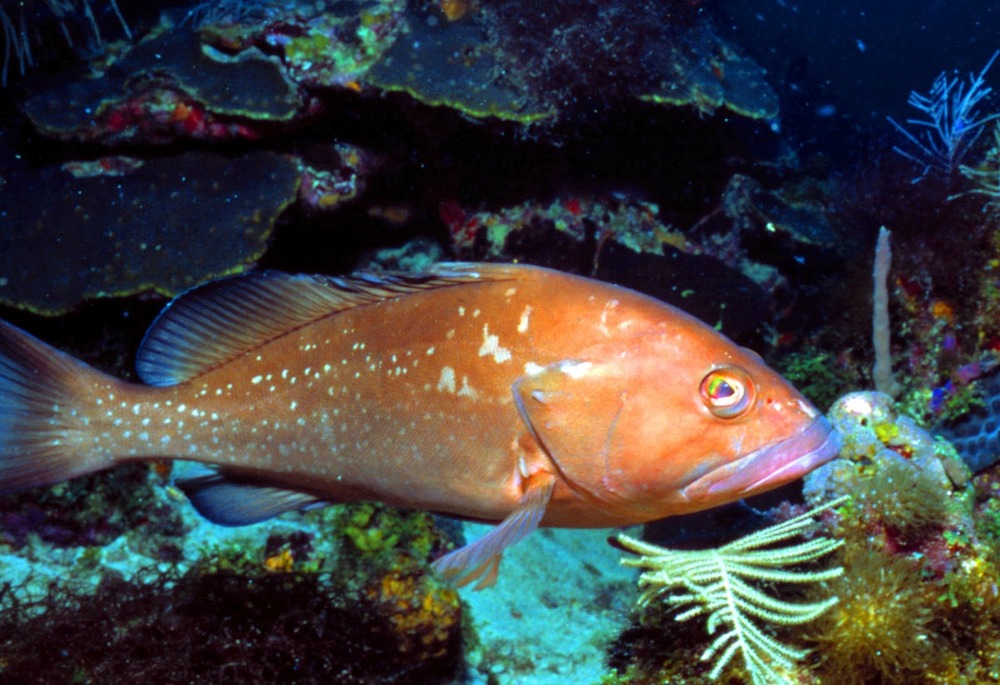
Marine protected areas bring new life to the ocean
With the future of the ocean increasingly uncertain, a growing body of research shows that marine protected areas (MPAs) can conserve and revive marine ecosystems and help reverse the damage inflicted on the ocean by human activity.

Human beings have always had a complicated relationship with the ocean. This vast, mysterious wilderness drives the processes that make our planet capable of supporting human life. It regulates our weather systems and climate. It provides us with water, food, and even the oxygen in our air. It helps protect us from the impacts of climate change, absorbing around a third of all the carbon dioxide we produce. And it contains some of the most diverse ecosystems on the planet, home to nearly 200,000 species that we know of, and potentially millions more. Since the dawn of history, it has been a source of wonder to us; a staple of countless civilizations’ literature, religion and mythology. We’ve been fascinated by it, marveled at it, and feared it.
But we’re destroying it.
Pollution, overfishing, offshore oil and gas drilling and other anthropogenic impacts – not least of which being the devastating effects of climate change – are doing unimaginable harm to sensitive ocean habitats, contributing to massive population decline among marine flora and fauna, with catastrophic consequences for the biodiversity on which the health of the ocean depends.
Over the last half century, marine vertebrate populations have declined by nearly 50%, and the number of endangered marine species is growing. Approximately one-fifth of the world’s coral reefs have effectively been destroyed, and many of those that remain face imminent collapse. Average acidity levels have risen by more than 25% since the beginning of the industrial era as the ocean has absorbed carbon dioxide emitted to the atmosphere, and are projected to more than double by the end of this century, potentially making the ocean uninhabitable for certain aquatic species and thus compromising marine ecosystems and food webs. Oxygen depletion due to pollution from industry, agriculture and urbanization – as well as from warming, which increases oxygen demand and reduces oxygen solubility – likewise endangers the plants and animals that depend on marine habitats. Since the mid-20th century, the ocean’s oxygen content has dropped by around 2%, and the volume of ocean entirely depleted of oxygen has quadrupled.
So dire is the situation that some scientists believe we may already be witnessing the beginning of the next “major extinction event” in our ocean.
Preventing this from happening requires us to start treating our ocean as the complex, awe-inspiring source of life that it is and, accordingly, to preserve ocean ecosystems not just in bits and pieces by protecting individual species and habitats, but as a coherent whole.
Marine protected areas (MPAs) – protected zones of ocean that limit destructive human activities like fishing, drilling and shipping – are one of the most effective tools we have to do this. Research shows that MPAs with the strongest protections, and especially fully protected “no-take” reserves in which all extractive and destructive activities are banned, have proven highly effective in preserving biodiversity, strengthening the resilience of marine ecosystems and helping to restore wildlife habitats and populations. Despite the expansion of marine protections over the last decade, however, only 6.4% of the world’s ocean is today protected in MPAs, and only 2.7% of it is in highly to fully protected zones.
The United States has been a global leader in the push to implement MPAs. More than 40% of all U.S. waters are now covered by some form of protection, with upwards of 1,700 protected areas in total. But this figure sounds more impressive than it actually is. MPAs explicitly focused on protecting ecosystems and biodiversity make up only a fraction of this total, and only around 3% of the nation’s waters are covered by fully protected zones. Moreover, with the majority of highly to fully protected MPA area in tropical habitats in remote regions of the Pacific, many of the other habitats in U.S. waters remain defenseless.
A growing number of scientists and conservationists argue that in order to prevent the large-scale extinction of marine life, we are going to need to conserve at least 30% of the world’s ocean in highly to fully protected zones by 2030 – a goal endorsed by President Biden in his executive order of January 27 this year. Taking this goal seriously means bringing 30% of all of America’s diverse marine habitats under the protection of highly to fully protected MPAs.
Where these protections exist, they work. Over the next few weeks, we’ll be serializing the case studies featured in our recent report New Life for the Ocean, which show that stringent, well-enforced MPAs are an effective means of protecting and restoring biodiversity, preventing species loss and helping the ocean recover from human exploitation.
From the coral reefs of the Gulf of Mexico to an unusual underwater habitat in Puget Sound, we show that the protections provided by MPAs can help safeguard biodiversity and enhance ecosystem resilience, enabling marine habitats to recover from degradation and leading to greater diversity and abundance of marine life. The MPAs we look at have been instrumental in the recovery of depleted local fish populations, including rescuing critically endangered species from the brink of extinction and nurturing thriving populations of species that have experienced massive population die-offs elsewhere, and in some cases enabling marine habitats to recover from near-total destruction.
While the gravest threats to the health of the ocean are primarily driven by climate change, and thus require global action outside the control of local-level protections, MPAs and other management efforts are nonetheless an important part of the solution, with a role to play in helping to ameliorate stressors and giving the ocean a greater chance of recovery from disturbances. The areas we highlight are examples that policymakers must look to and seek to emulate as part of a meaningful effort to protect our ocean, and to conserve the rich diversity of life it supports.
Photo: joakant, via Pixabay
Topics
Authors
James Horrox
Policy Analyst, Frontier Group
James Horrox is a policy analyst at Frontier Group, based in Los Angeles. He holds a BA and PhD in politics and has taught at Manchester University, the University of Salford and the Open University in his native UK. He has worked as a freelance academic editor for more than a decade, and before joining Frontier Group in 2019 he spent two years as a prospect researcher in the Public Interest Network's LA office. His writing has been published in various media outlets, books, journals and reference works.
Find Out More

Marine protected areas are the best hope for the ocean – but only if the protections are real

Marine protected areas virtual tour: Edmonds Underwater Park, WA

Marine protected areas virtual tour: Cabo Pulmo, Mexico

